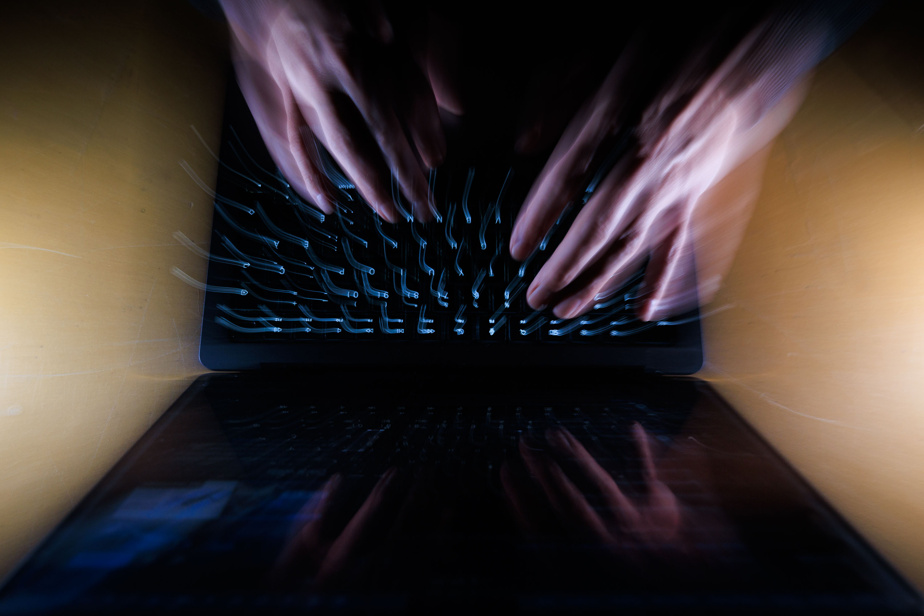Most Canadians have spotted deepfakes online, with nearly a quarter experiencing them every week, according to a new study.
The study, released this week by Dais, a public policy organization at Metropolitan University of Toronto, found that 60 per cent of people surveyed across the country had seen deepfakes.
Deepfakes are digitally manipulated images or videos depicting scenes that did not occur.
Among the most widely circulated examples are images falsely depicting Pope Francis in a Balenciaga puffer jacket and others purporting to show singer Taylor Swift in sexually explicit poses. However, Prime Minister Justin Trudeau, television chef Mary Berg and singer Michael Bublé have all been victims of deepfakes.
Dais’ study found that about 23% of 2,501 Canadians surveyed by Pollara Strategic Insights in April saw deepfakes at least a few times a week.
The frequency and number of people who have seen deepfakes is likely even higher than the study reports, said Sam Andrey, Dais’ chief executive officer.
“People don’t have perfect memories of how often they see deepfakes and it’s fair to say that for many people these are very realistic images or videos, and they may not realise they’re seeing images generated by artificial intelligence,” he argued.
The younger people are, the more likely they are to report seeing deepfakes. The study found that 74% of respondents under the age of 30 said they had seen a deepfake, while 31% said they had seen them several times a week. Just under 50% of those over 60 and 17% of those even older said they had seen deepfakes every week.
The most common deepfakes involve images or videos of celebrities, followed closely by those related to politics.
